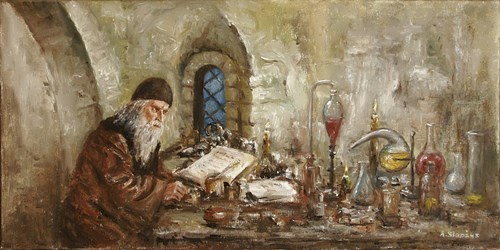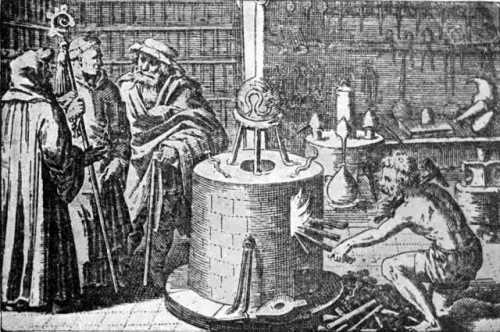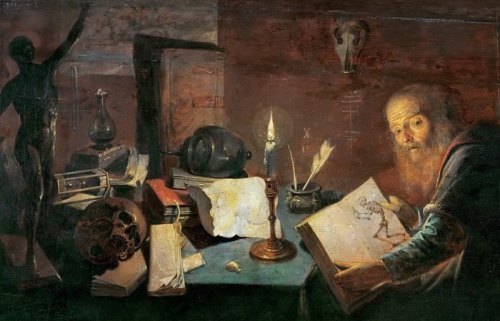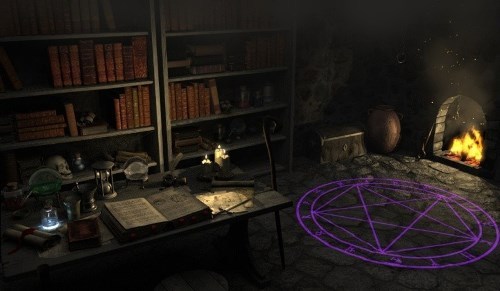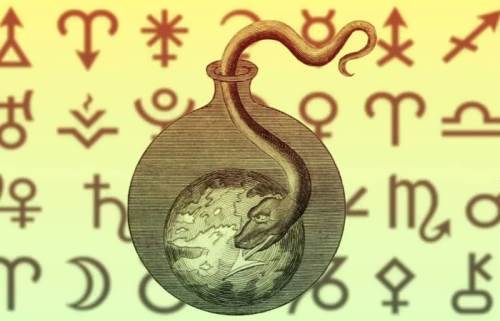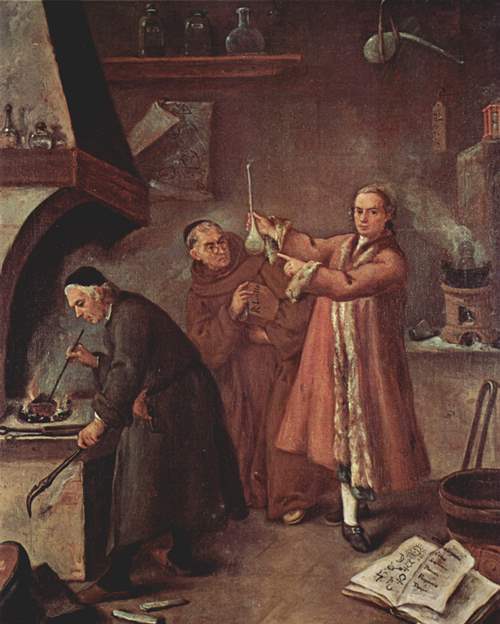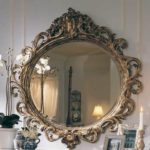Dangerous and mysterious alchemy
Alchemist and swindler have long been synonymous. In fact, there were many crooks among them. But the most famous of them believed that the philosopher’s stone could help to create an elixir of youth and precious metals. And their experiences enriched human knowledge. They say that the Egyptian queen Cleopatra even dabbled in alchemy and wrote a treatise.
Alchemy was the first science in human history which combined theory and experiment.
In ancient times people practiced various forms of alchemy in China, India, Greece, and the Middle East.
In Europe, alchemy spread in the XII century. At the beginning of the XIV century English King Edward promised Ramon Llull to send a fleet to the holy war against the infidels, if he provided expedition with gold. And Llull produced 60 thousand pounds of gold from mercury. It was used to mint coins with the image of the king and the inscription: “Edward, King of England and France.”
They say that in the XVII century the court alchemist of the Danish King Christian IV made gold ducats of copper. And in January 1648 alchemist allegedly turned into gold, two and a half pounds of mercury in front of the emperor Ferdinand III of Germany. A special commemorative medal was made from the gold.
The ideas, images, and symbols of alchemy appeared throughout Renaissance culture. They influenced art, music, medicine, and the early sciences. Alchemy was a respected profession. Many members of noble and royal families sponsored alchemists in their studies.
The desire to make gold ruined alchemy. People wanted alchemist to make only one thing – gold, gold, gold… Those who refused to produce it, were accused of witchcraft and burned at the stake. Those who agreed gradually went mad from their experiments.
Outstanding English philosopher Roger Bacon unsuccessfully tried to make gold with alchemy. He even wrote the book The Mirror of Alchemy.
Saxon Elector Augustus the Strong locked up alchemist Johann Friedrich Böttger and demanded to produce gold for him. The unfortunate prisoner was trying to create an artificial gold, but it was a complete fiasco. However, accidentally he revealed the secret of Chinese porcelain, which was more expensive than gold.
In the sixteenth century alchemists turned to use of alchemy to create medicines. The greatest representative of this practical alchemy was the German physician and alchemist Bombast von Hohenheim (known as Paracelsus). He successfully used chemicals in medicine.
Historians have shown that Robert Boyle and Isaac Newton were both deeply involved with alchemy both in theory and practice.
Johann Wolfgang von Goethe had an enduring interest in alchemy, viewing it as a secret key to the relationships between humans, God, and the cosmos.
In the early twentieth century, the psychologist Carl Gustav Jung identified similarities between alchemical symbols and the dreams of his patients.
